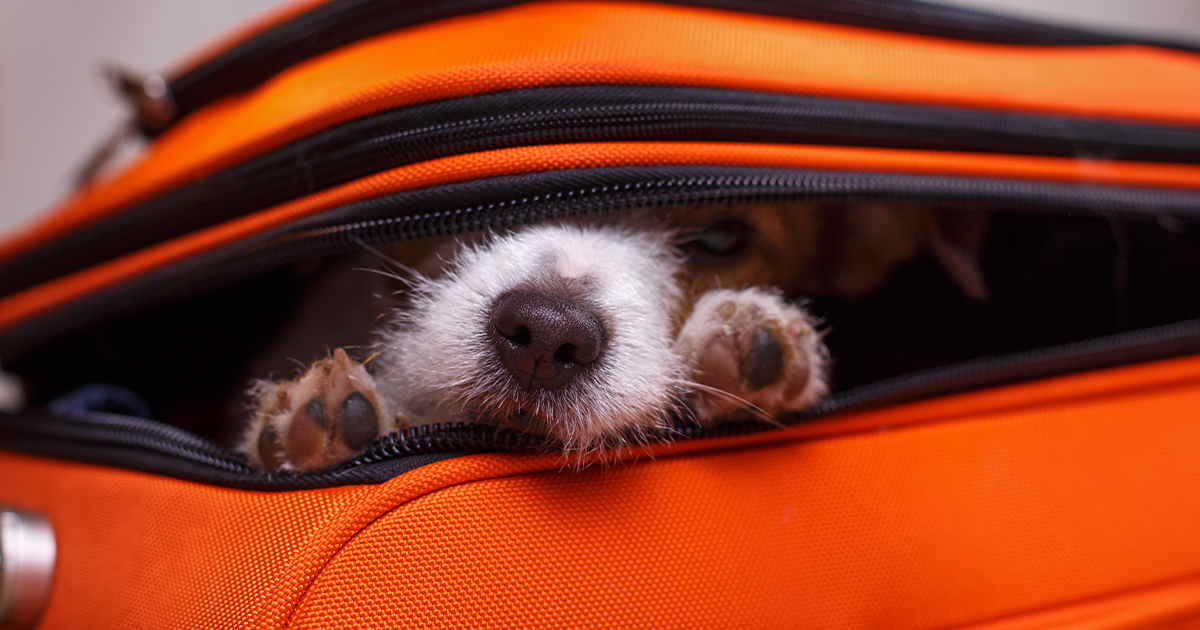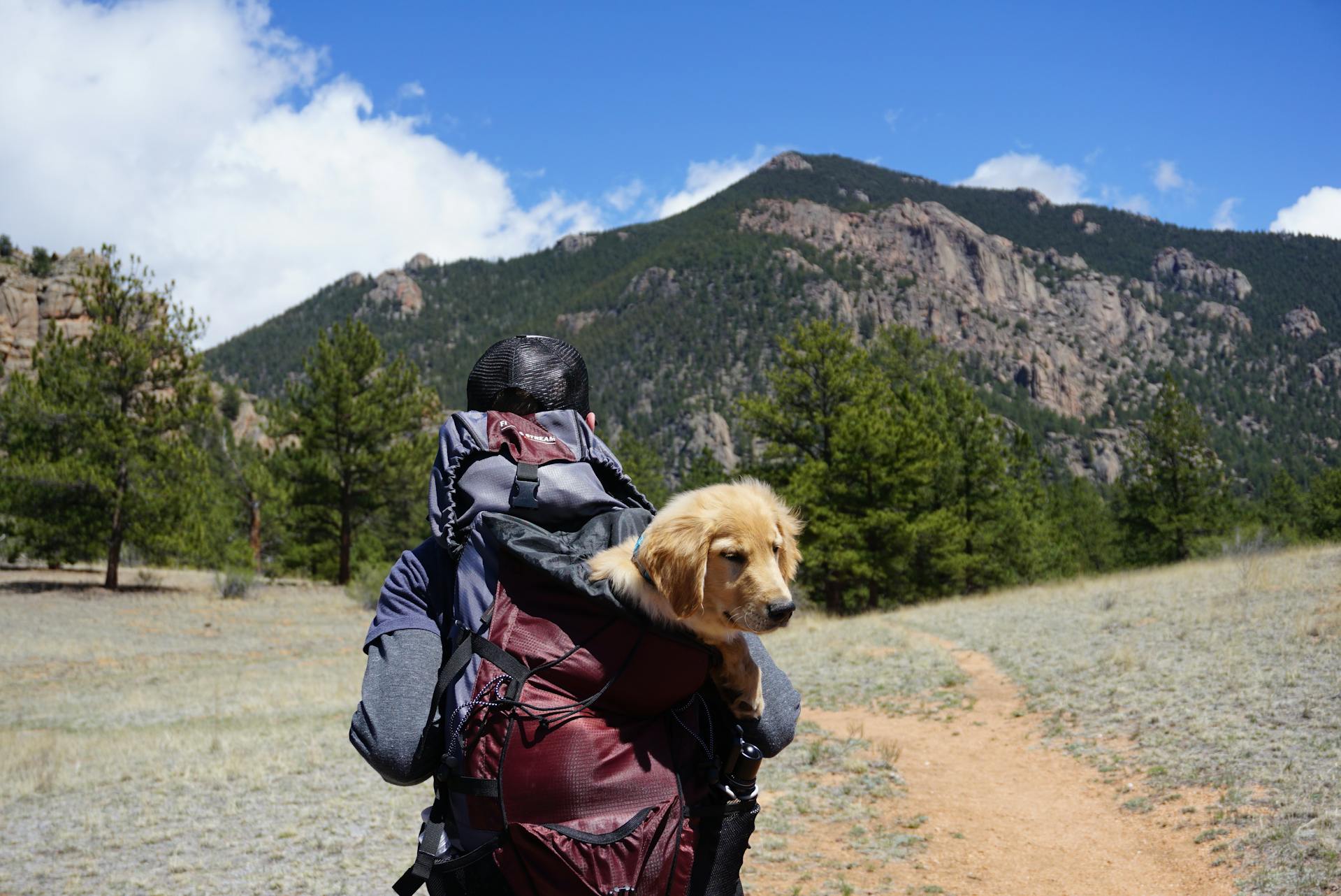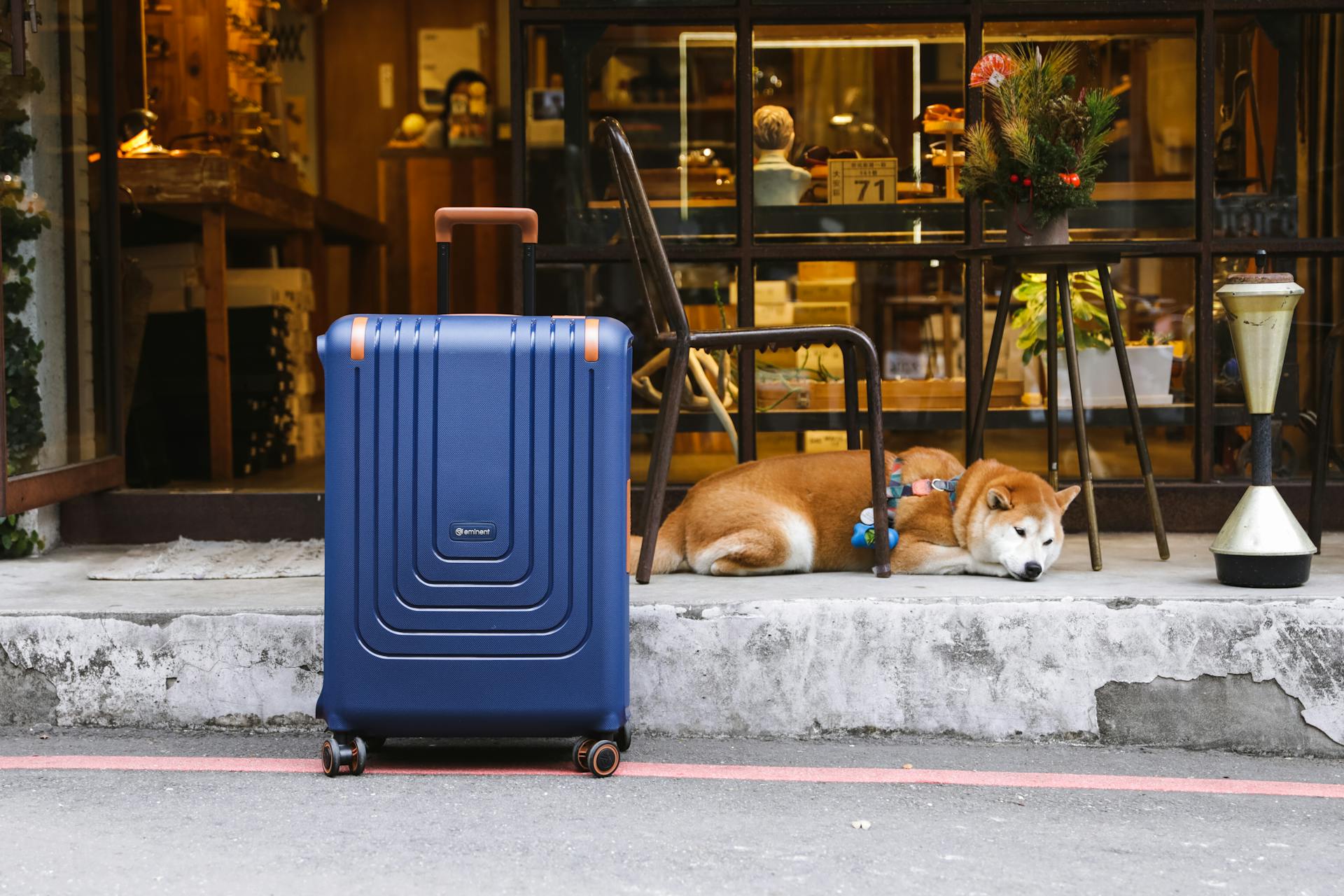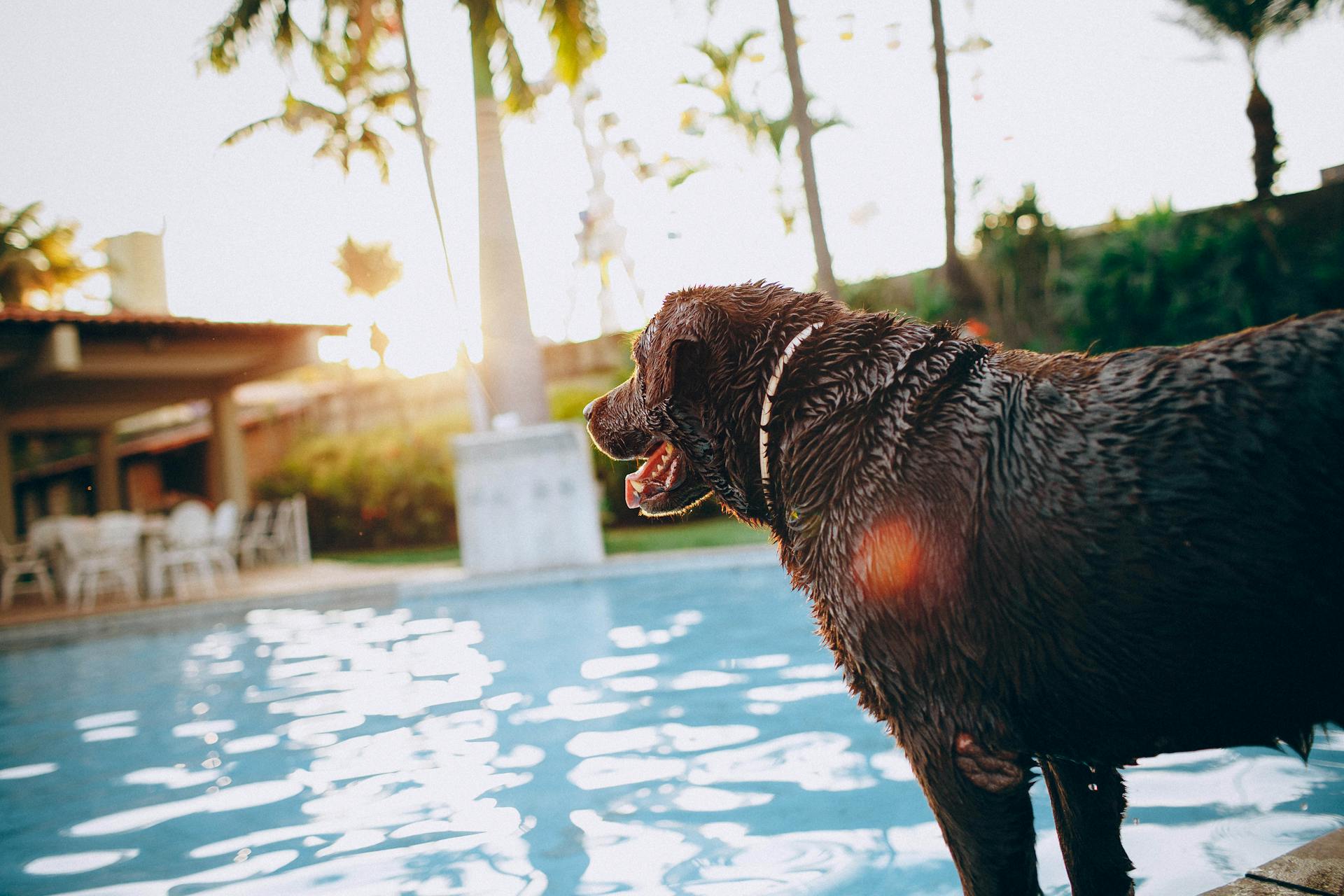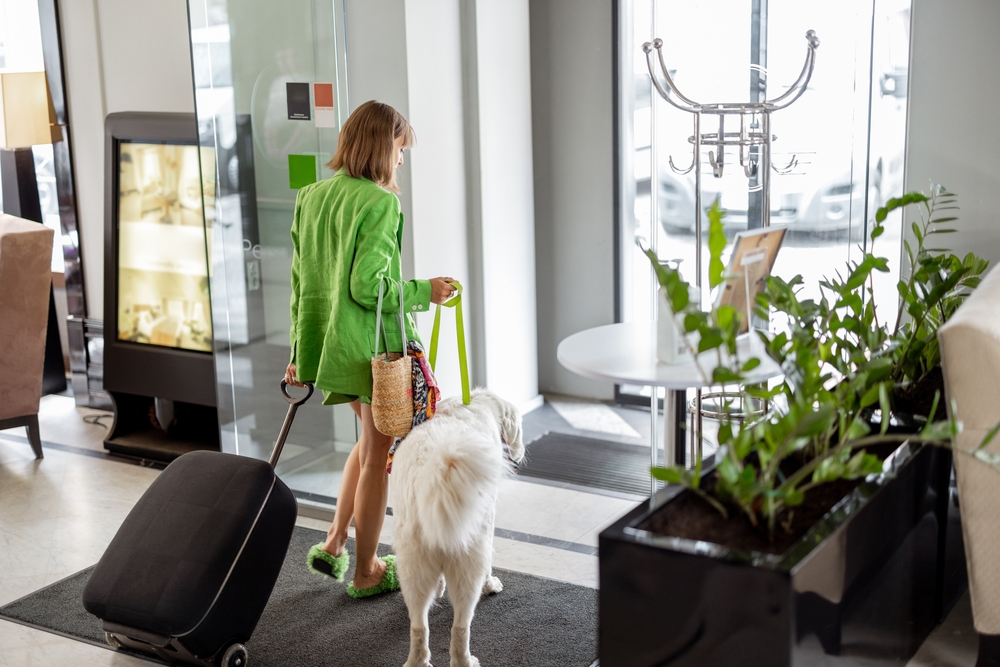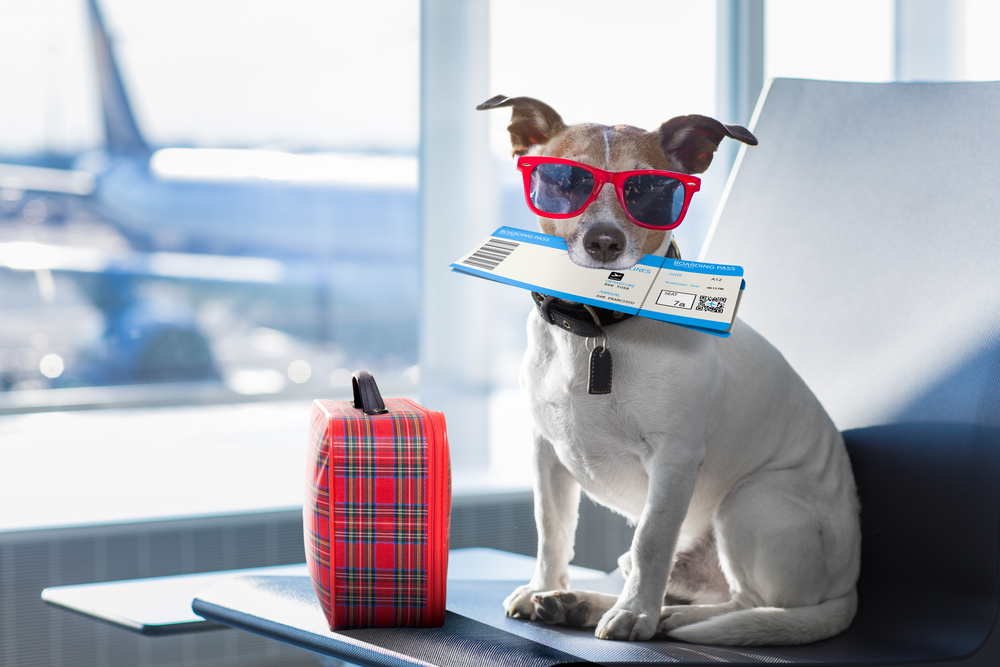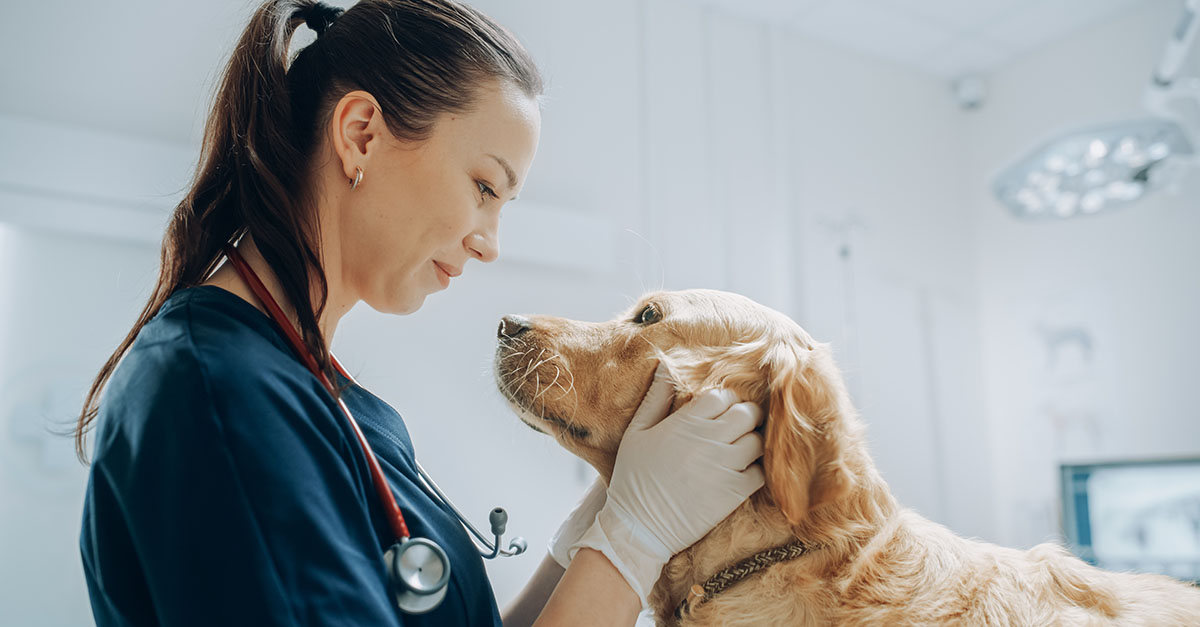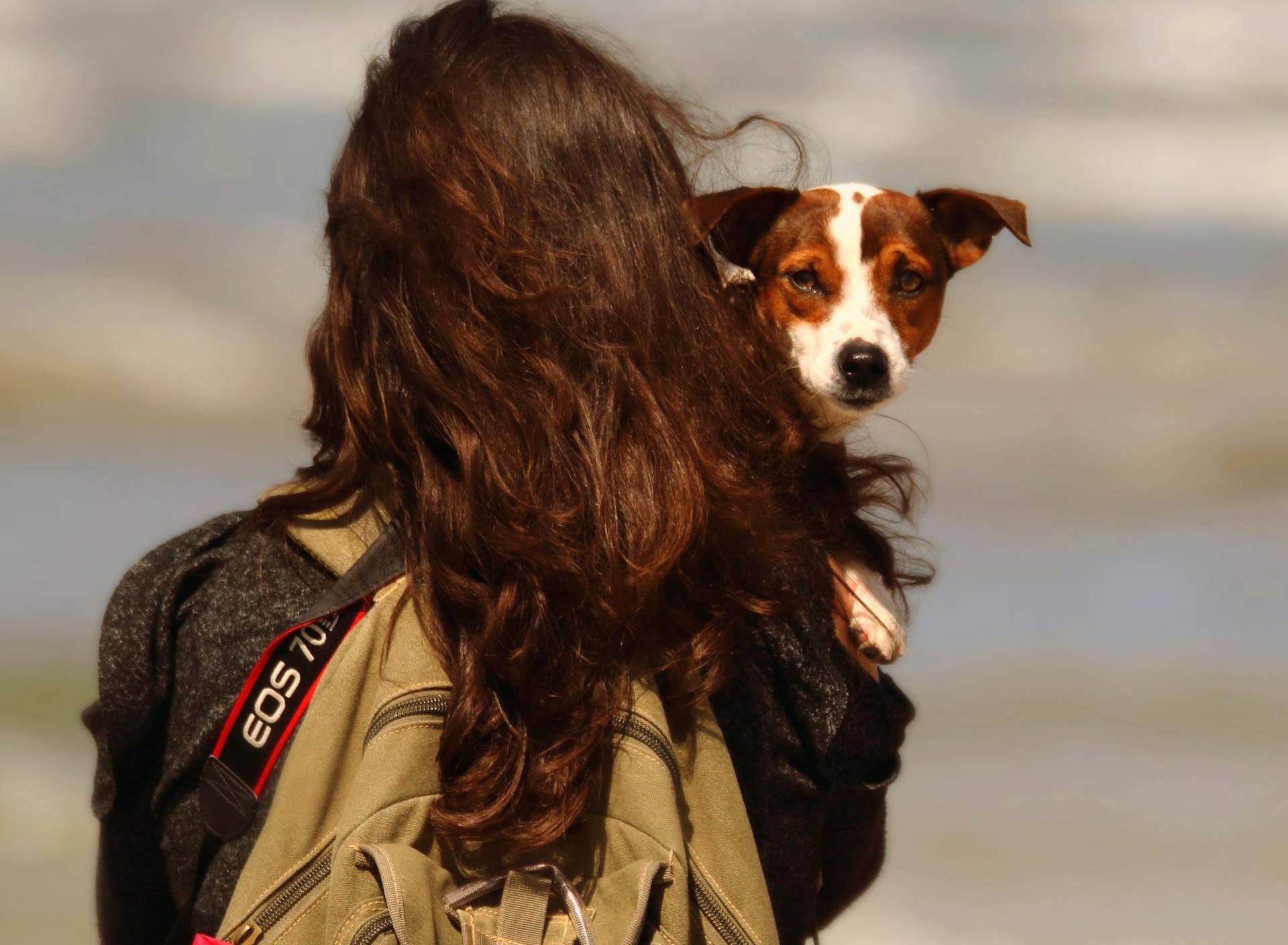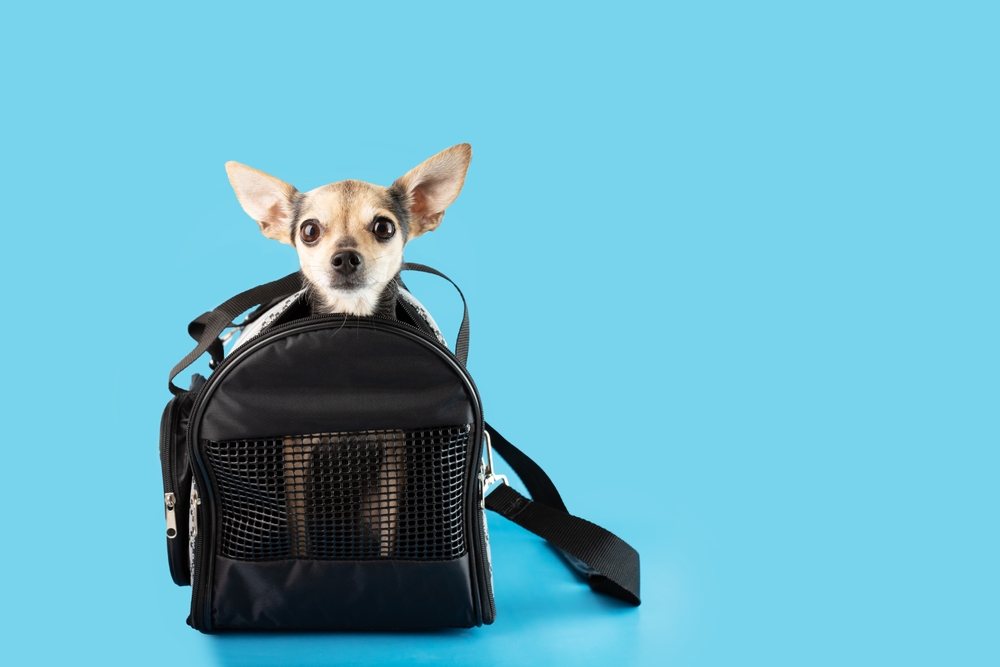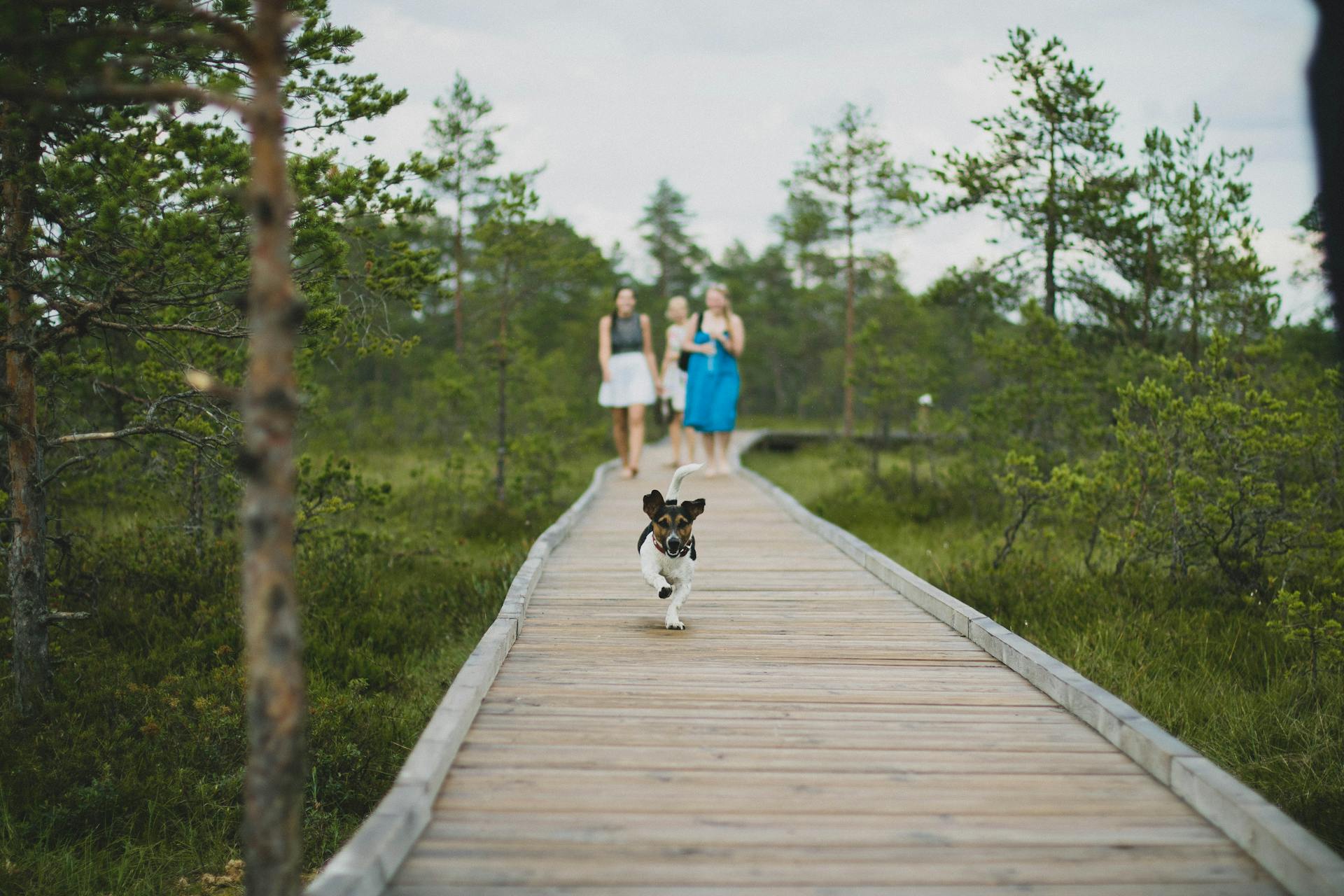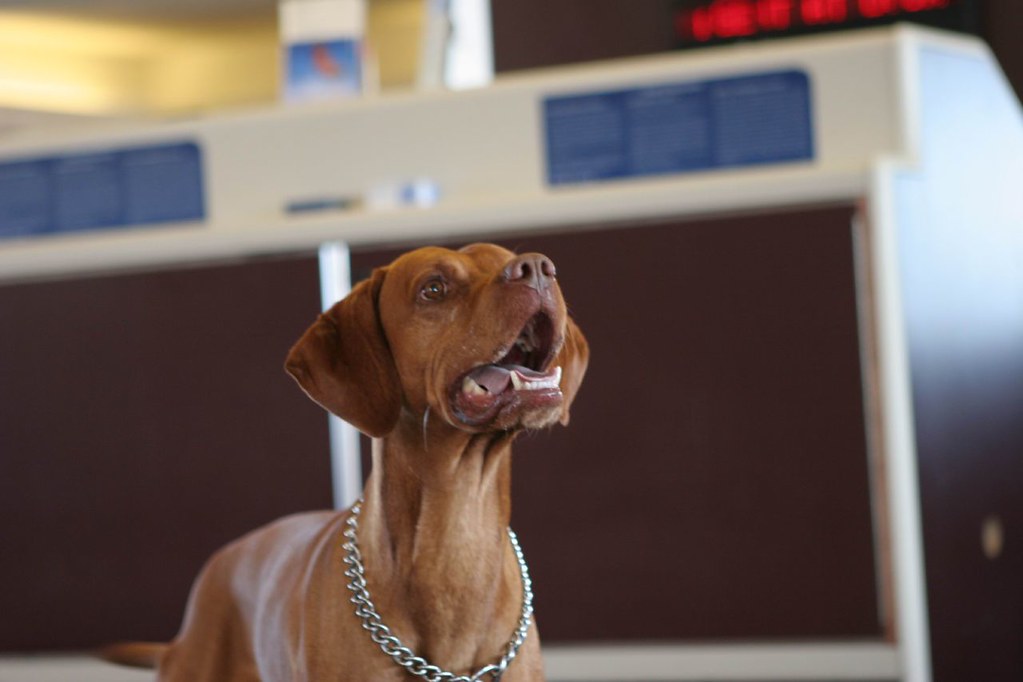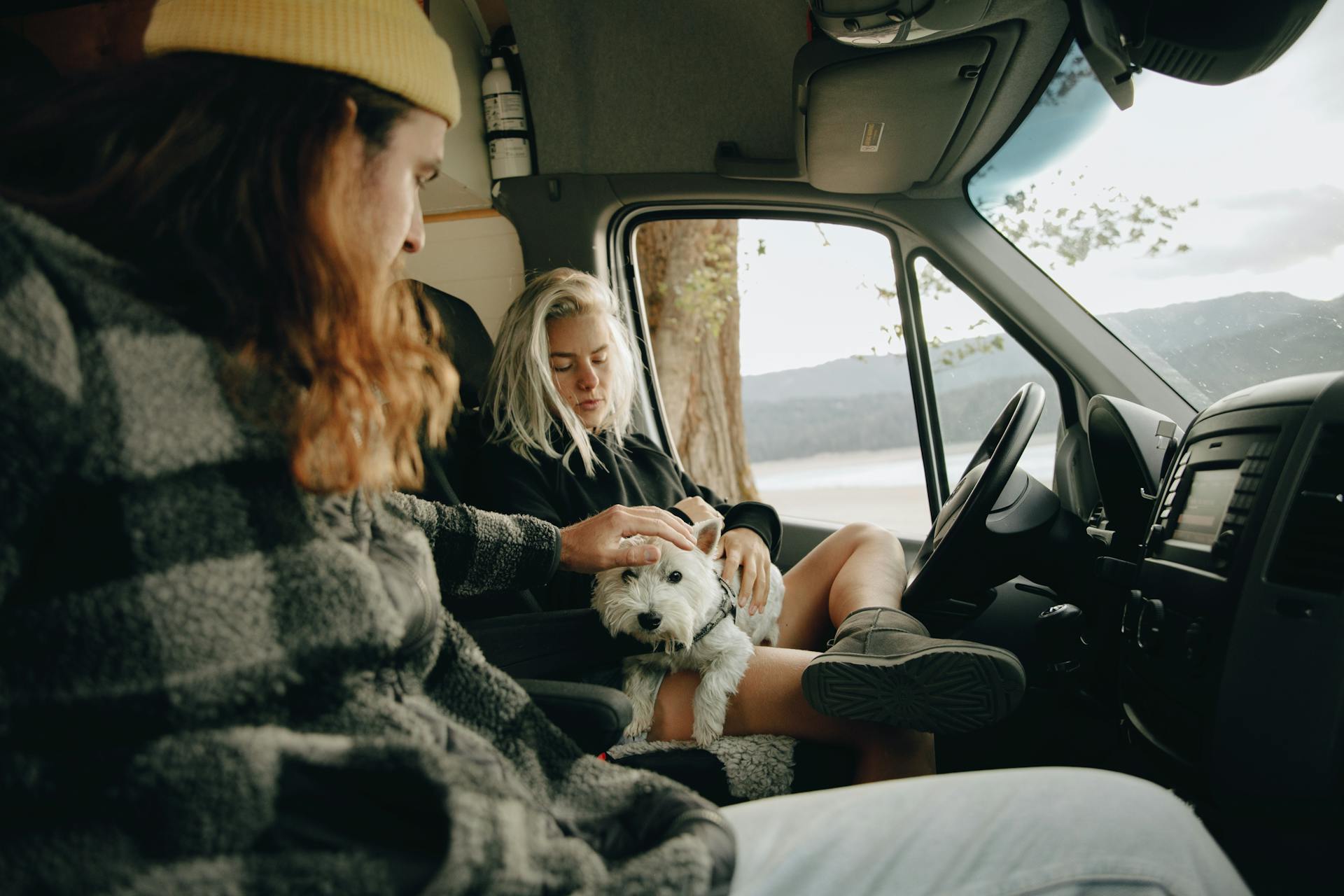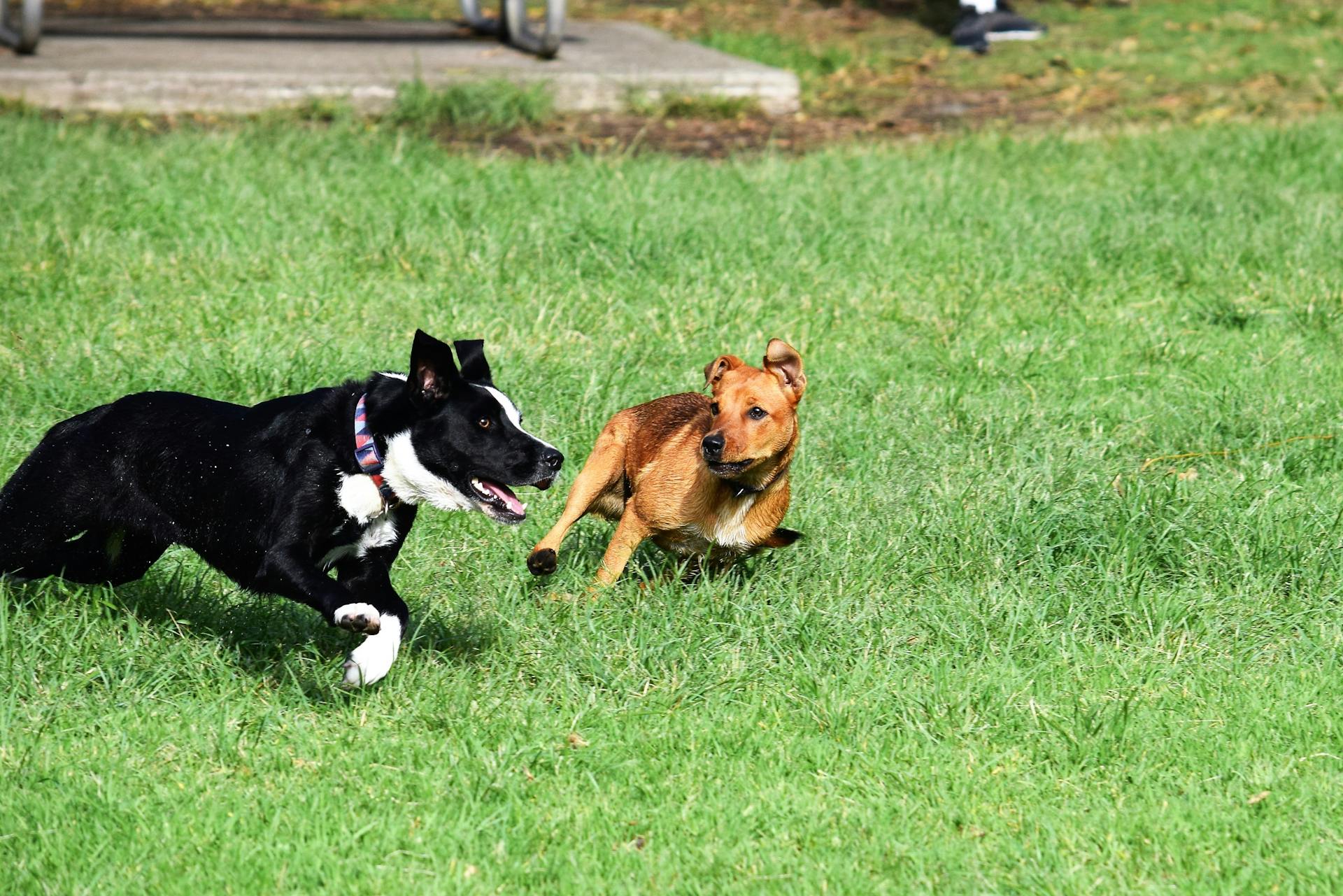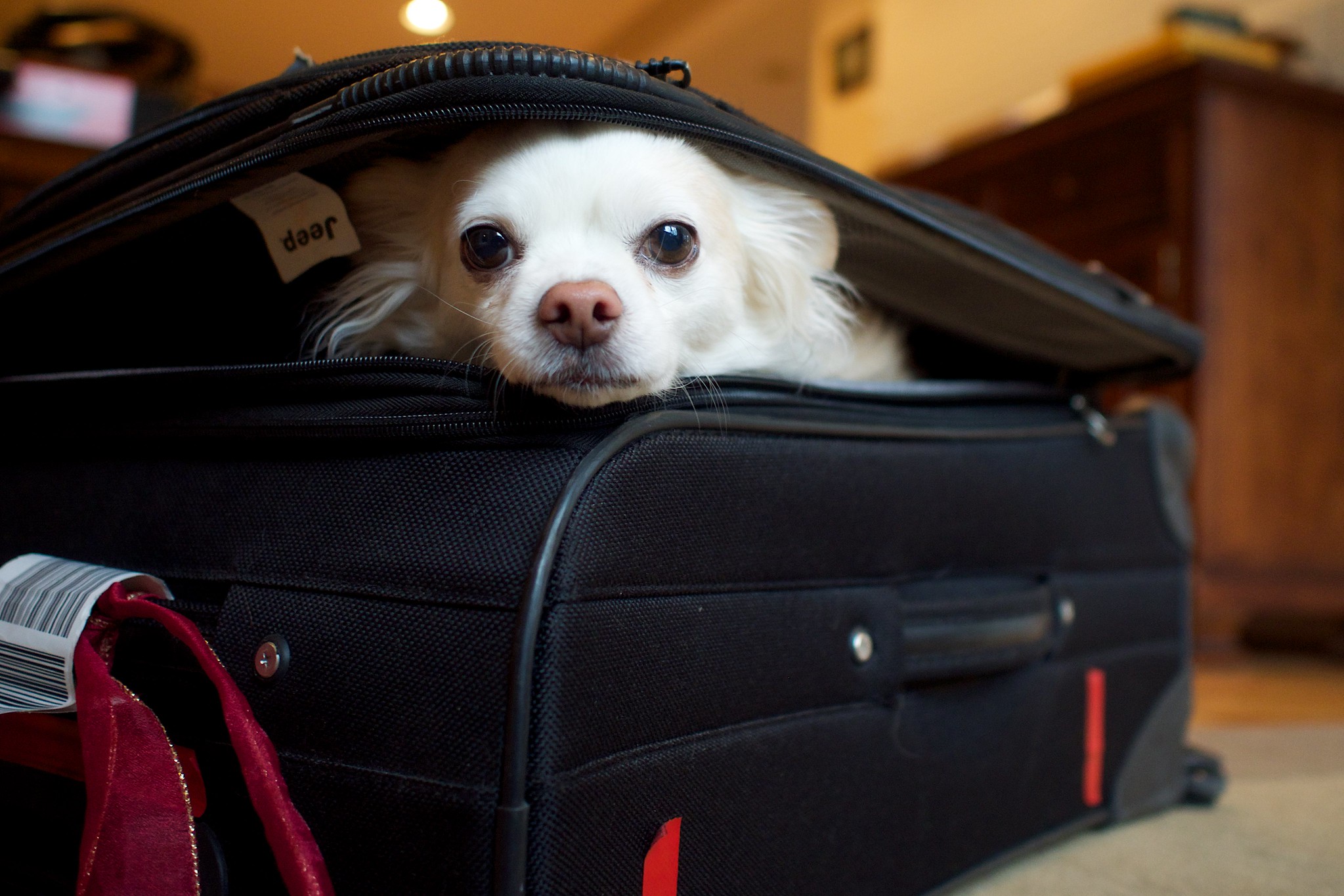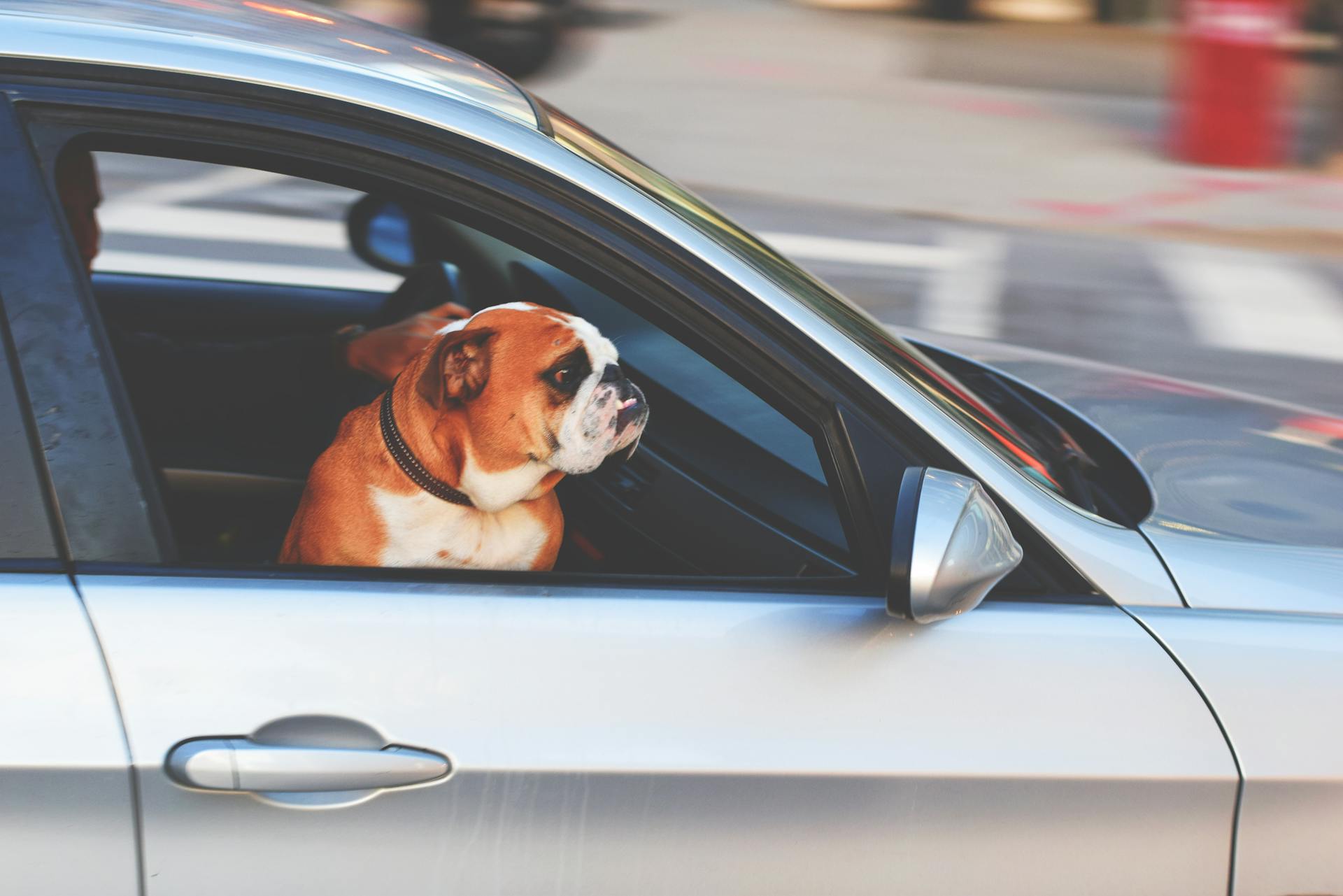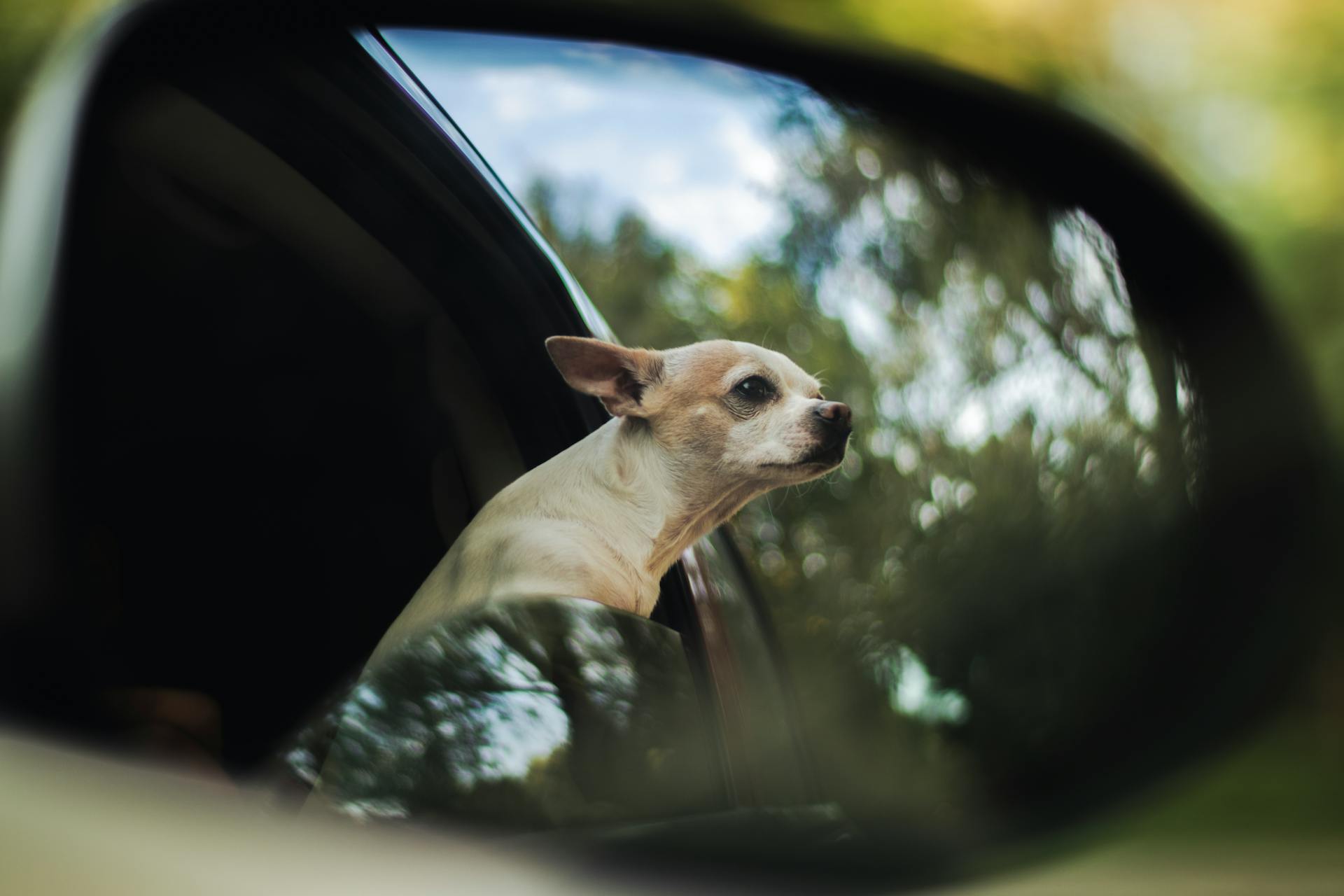A Complete Guide to Hitting the Road with Rover
These days, more people are packing a leash alongside their luggage—because bringing your dog along for the ride is officially in. In fact, according to PBS Pet Travel, dogs make up 58% of all pets globetrotting with their humans.
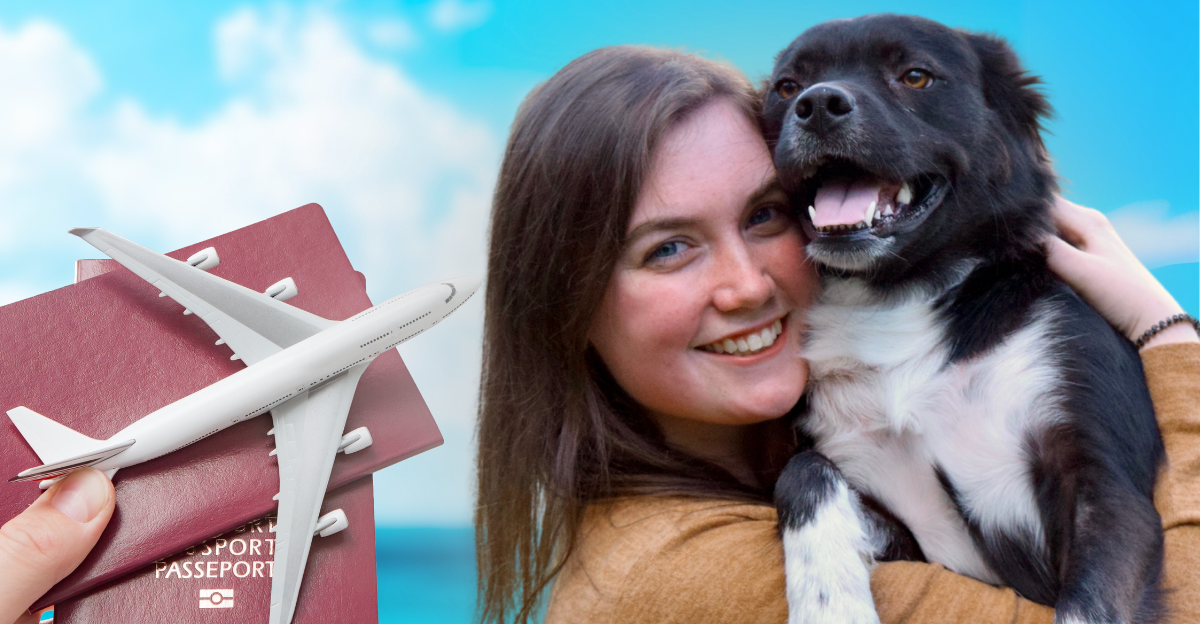
How many people take their pets on vacation?
According to research from Roanoke Times, 78% of pet parents in America travel with their pets each year.
Forbes reported that in 2019 alone, a total of 404,556 animals were transported by airline.
How is this number going to change?
New research from Motel 6 reveals that 54% of cat and dog owners plan to travel with their pets in the next year, based on data compiled from 1,000 participants who are planning a trip.
Millennials are the most likely to consider traveling with their pets.
Do travelers plan accordingly?
Actually, yes. According to Harvest Hosts, more than half (52%) of all travelers base their travel plans on accommodating their pets, and over one-third of travelers consider pet-friendly accommodation a “must.”
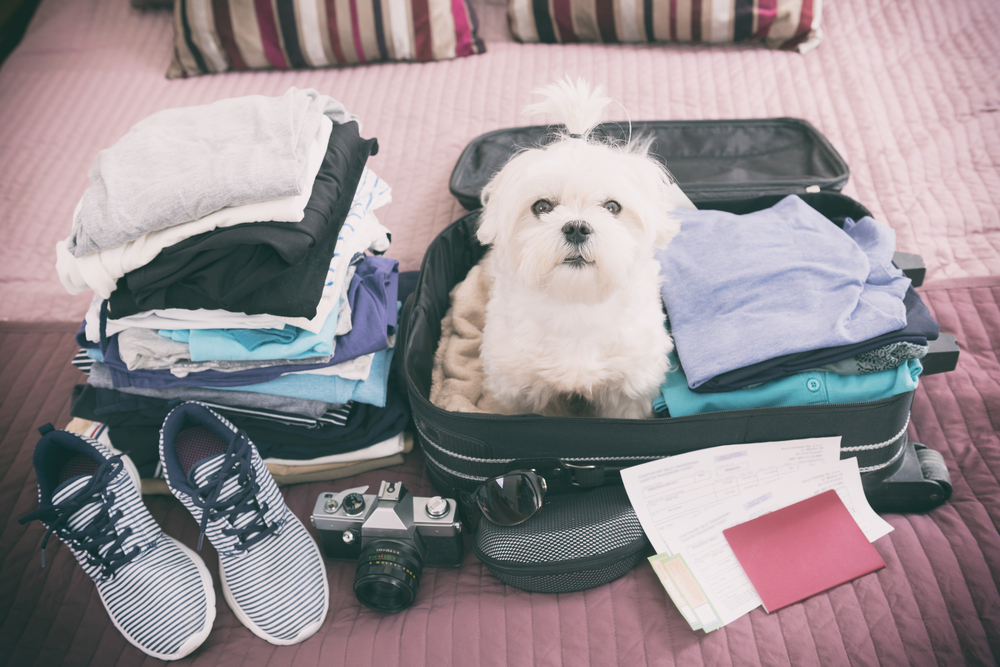 Monika Wisniewska, Shutterstock
Monika Wisniewska, Shutterstock
Do hotels allow pets?
Some hotels roll out the red carpet—right onto the dog bed. According to the American Kennel Club, around 75% of luxury, mid-scale, and economy hotels now welcome pets. Big-name chains like Red Roof, Motel 6, Best Western, Choice Hotels, and DoubleTree by Hilton are all in on the trend.
22 Tips for Traveling with Your Dog
On that note, let’s dive into 22 tips that can make traveling with your dog easier.
1. Don’t Make Assumptions
The number of people who bring their pooch along on vacation each year is increasing, and many establishments are still trying to catch up.
So, before you assume your pet is/is not allowed, ask.
2. Always Confirm
Some may not yet have specific pet policies in place, while others might advertise that they are pet friendly, when in fact they are not.
It’s always advised to call and confirm before you bring your furry friend along.
3. Make Copies of Pet-related Documents
Planning to cross borders with your pup? Don’t forget their “paw-sport”—aka their health records. Many countries require proof of vaccinations and good health before letting pets in. And having those documents handy is also a lifesaver if your dog needs vet care while you’re on the road.
4. Use Dog-Friendly Apps
There’s an app for that. In fact, there are many. There are apps for finding pet-friendly places in the area of your travels, such as hiking trails, campgrounds, hotels, restaurants, and even animal hospitals and veterinarian care.
5. Find Dog-Friendly Hotels
A lot of hotels will allow your pets, but charge you an extra fee for accommodating them. This fee can be upwards of $50-250 depending on the duration of your stay. These hotels are not pet-friendly, in our opinion.
Find a hotel that welcomes pets without the extra fee, such as Motel 6 or Red Roof Inn.
 Corey Coyle, CC BY 3.0, Wikimedia Commons
Corey Coyle, CC BY 3.0, Wikimedia Commons
6. Use an AirBnB
Can’t find a pet-friendly hotel in your destination? Try an AirBnB. Many hosts allow pets and may even be more suited for a family with a pet.
7. Book and Evening Flight
Flying can be ruff on dogs—between the unfamiliar noises and hours in a crate, it’s a big shake-up from their usual routine. Booking a later flight gives you time to tire them out with a good walk and can mean a quieter airport, which helps keep stress levels down for both of you.
8. Take a Wearable Pet Carrier
For the babies and the suckies, a wearable pet carrier could come in handy on those hiking adventures.
With nearly every option you can think of now available on the market, you can safely carry your little pup along for the adventure.
9. Remember, Not Everyone Loves Dogs
Yikes. But, seriously, it’s true. Not everyone will be as excited to see your dog as you are. As well, human relationships with dogs vary across cultures. Remember to be respectful of others.
10. Know Your Dog’s Limits
On that note, it’s also important to know your dog’s limits. If your dog is not friendly, be sure to take necessary precautions and make it clear to anyone who approaches.
This is also true if your pup is timid or nervous.
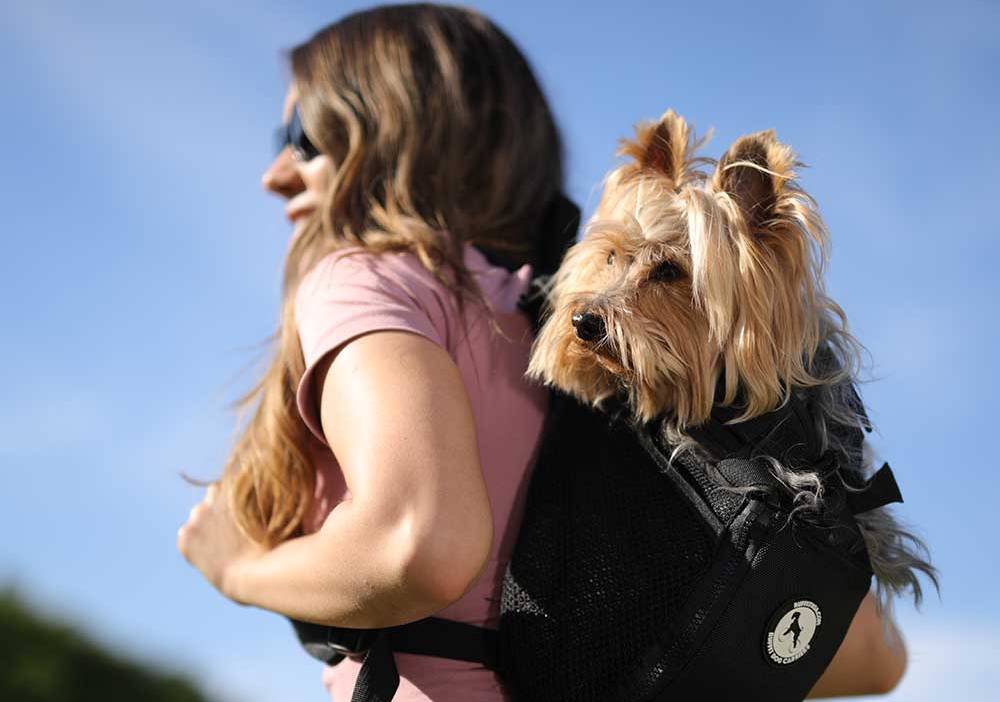 Edgar González, CC BY-SA 4.0, Wikimedia Commons
Edgar González, CC BY-SA 4.0, Wikimedia Commons
11. Triple-Check Airline Pet Policies
When it comes to flying—especially domestic flights—it pays to triple-check the airline’s pet policy. Rules can change without warning, and the last thing you want is a surprise at the gate. Check the website, call the airline, and even send an email to get confirmation in writing. Better safe than sorry (or grounded).
12. Be Prepared for Extra Costs
Similar to hotels, airlines typically have pet fees as well. Make sure you know ahead of time what those fees consist of. The fees can be different depending on the country, the airline, or even the breed of dog.
13. Countries Differ
If you’re taking your dog on an international trip, you’ll have some serious homework to do. Confirm the pet policies in all destinations you plan to visit.
This includes: airlines, transportation services, accommodations, restaurants, parks, beaches, attractions, etc.
The policies change drastically in different countries. Some even have a list of banned breeds.
14. Check Your Pet Insurance Policy
If you have pet insurance, double check the policy so you know ahead of time what may or may not be covered while you’re traveling. Be sure to check about internal travel, or crossing state lines.
15. Make Dog Friends
While you’re out exploring, let your dog do some socializing too! Visit pet-friendly parks and strike up conversations with fellow dog owners—they’re often a goldmine of local tips, from the best walking trails to dog-friendly cafes. Plus, it’s great social time for your pup (and maybe for you, too).
16. Pack the Essentials
Your dog is your family, so pack for them like you’d pack for your kids (or yourself). Don’t forget poop bags, a leash and harness, ID tags, food, treats, toys, comfort, etc.
17. And Then Back Extra
If you’re going somewhere remote, it might be worth it to pack some extras of the important things. You never know if you will have an unexpected extend to your stay, or possibly even lose something.
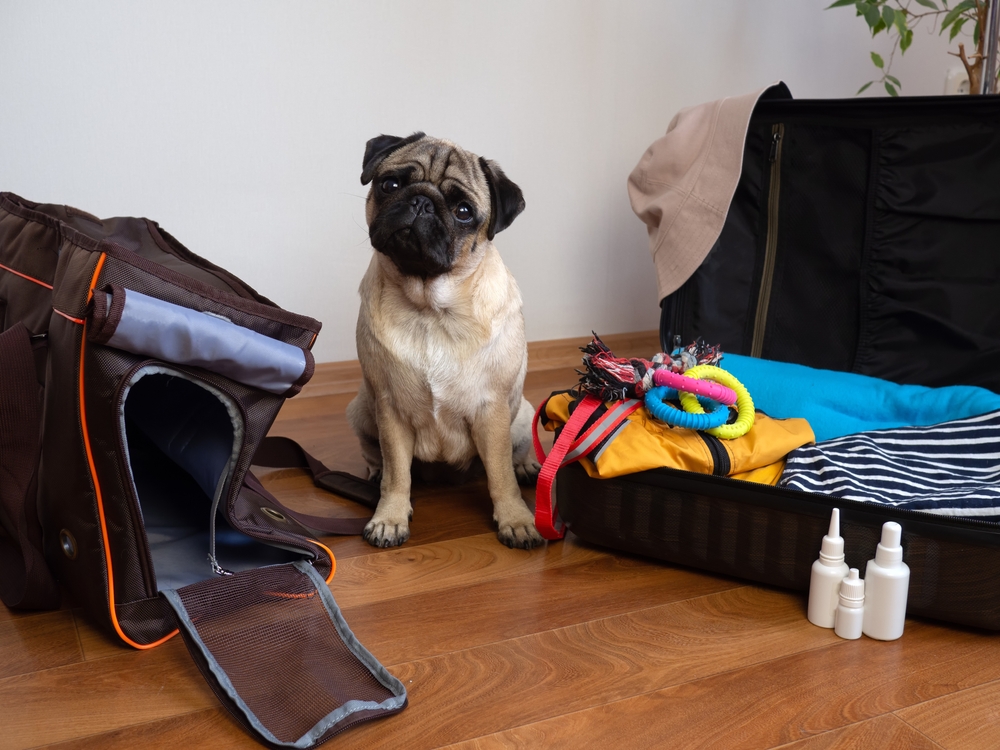 Yekatseryna Netuk, Shutterstock
Yekatseryna Netuk, Shutterstock
18. Don’t Forget Medications
If your dog is on medication of any kind, whether daily or as needed, be sure you bring enough with you for the duration of your trip, plus a few days—just in case.
19. This Includes Flea & Tick Meds
Before you hit the road, make sure your dog’s flea and tick meds are up to date. These pesky hitchhikers are now active year-round and popping up in places they never used to be—better safe than itchy!
20. Teach Your Dog Manners
If your dog knows basic commands like “sit” and “stay”, it will make it easier to manage them while traveling. If possible, teaching your dog how to control their barking will be an asset as well. No one likes a barking dog in a hotel.
A well-trained dog can also be trusted alone for a few hours while you have a nice dinner or visit a museum.
21. Plan for Food
If you can’t bring enough food with you for the duration of your trip, it is advised that you make sure your dog’s food brand can be purchased at your destination. Not all brands are widely available.
Most dogs don’t handle food changes well, let alone while on a trip away from home.
22. Get Them Used to the Car First
If you’re planning a road trip where you may be in the car for long periods of time, it is suggested that you get your dog used to it first, before the big day.
Take your dog on short car rides that end in positive experiences for them.

